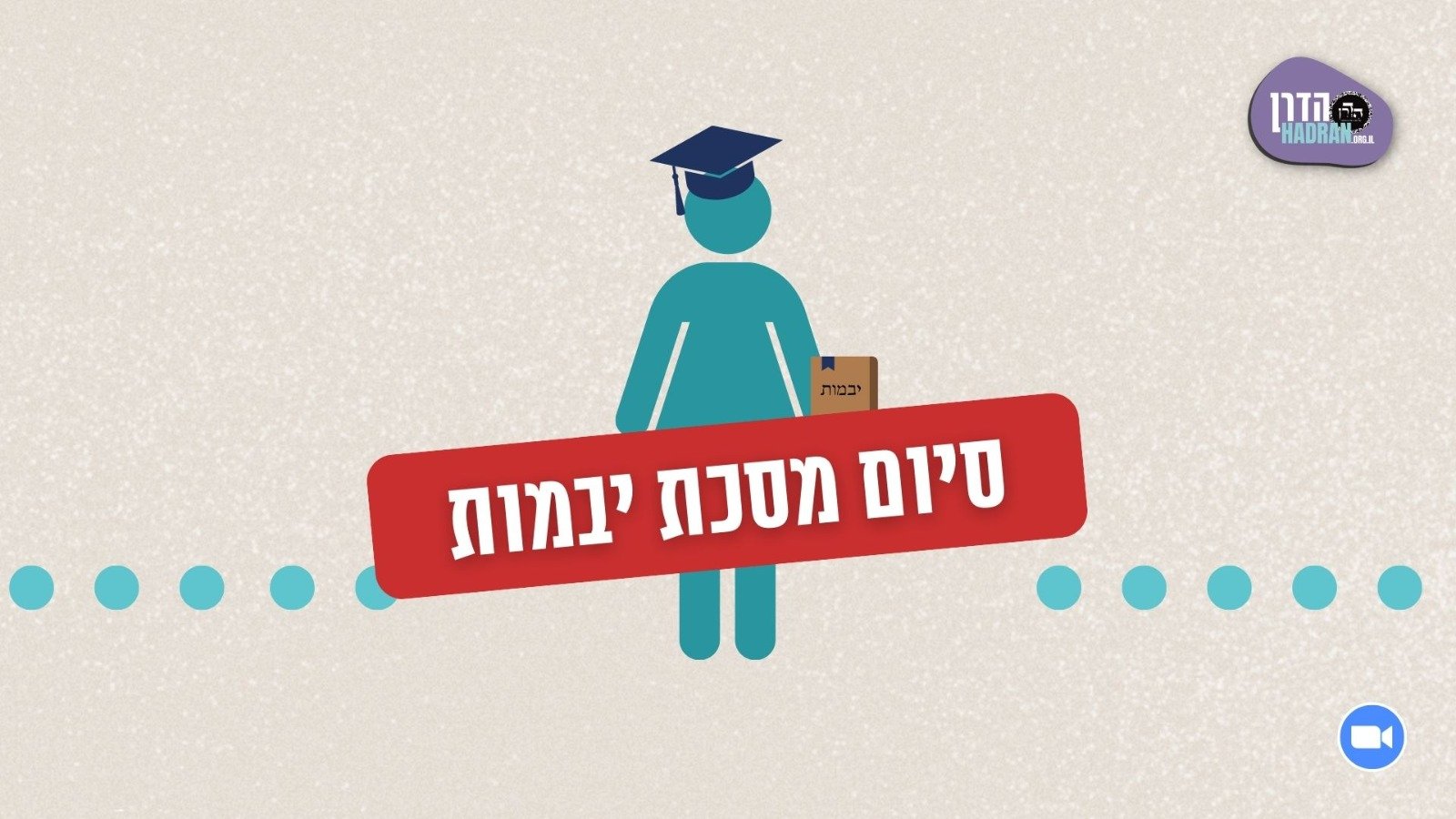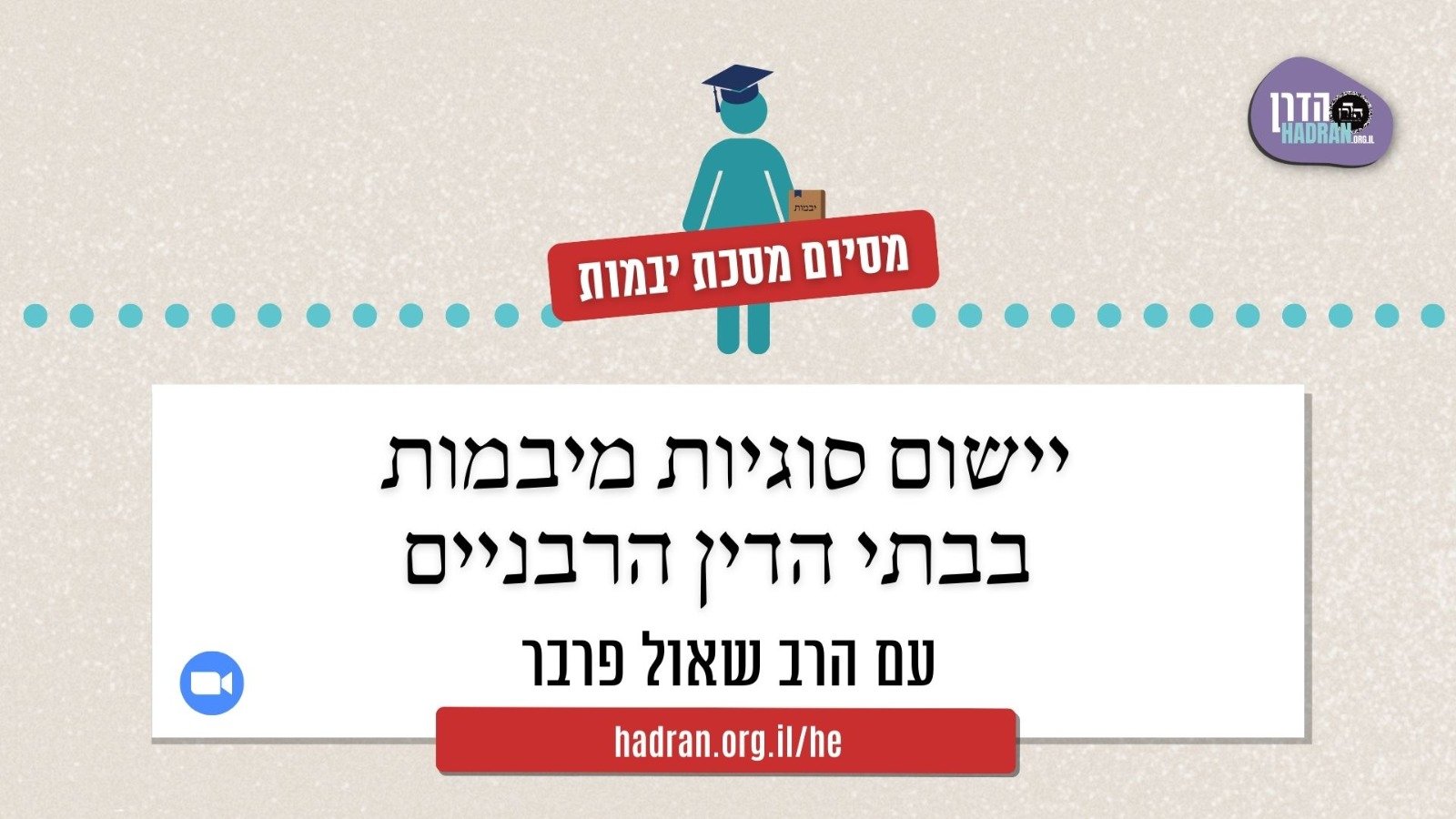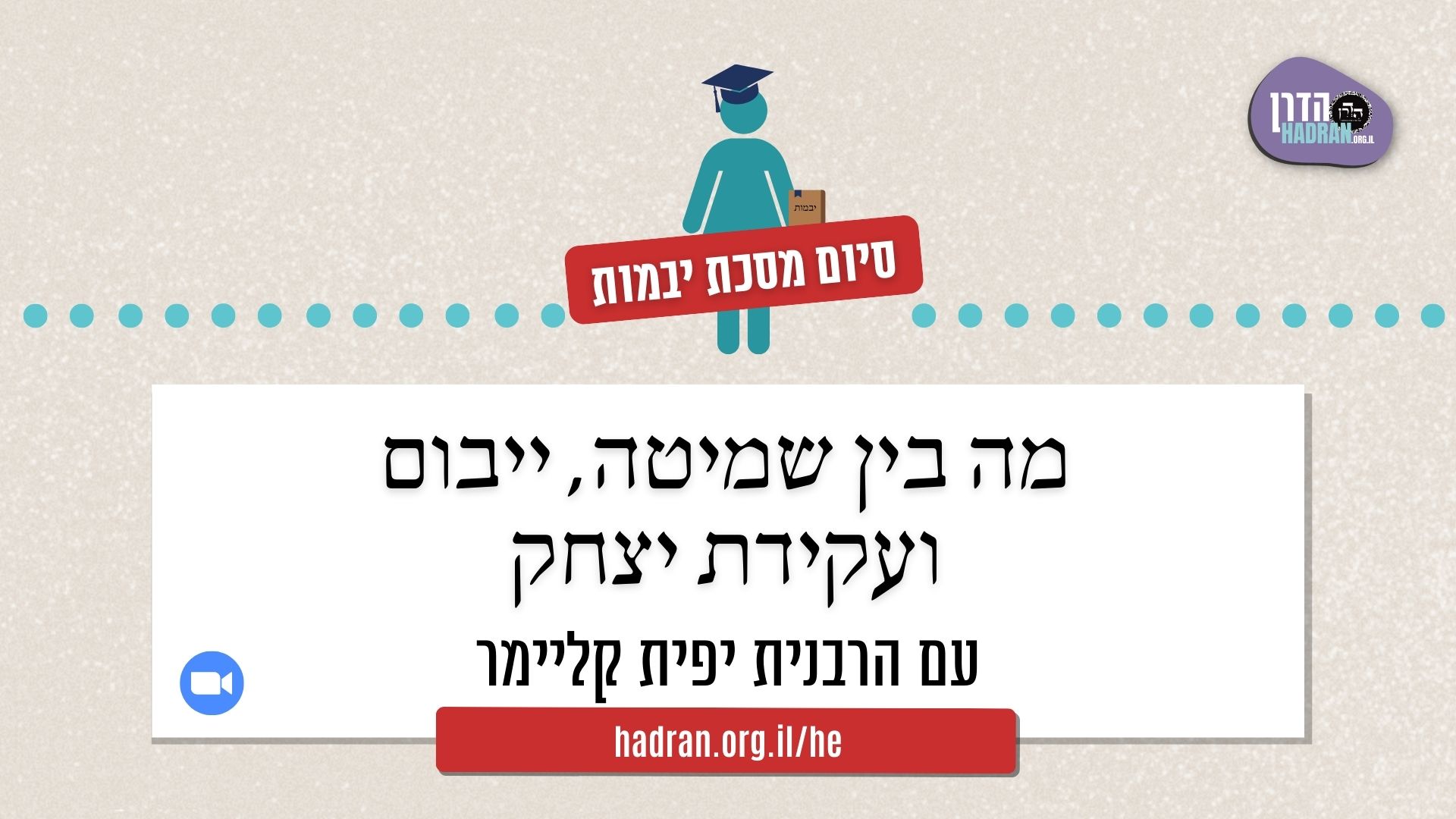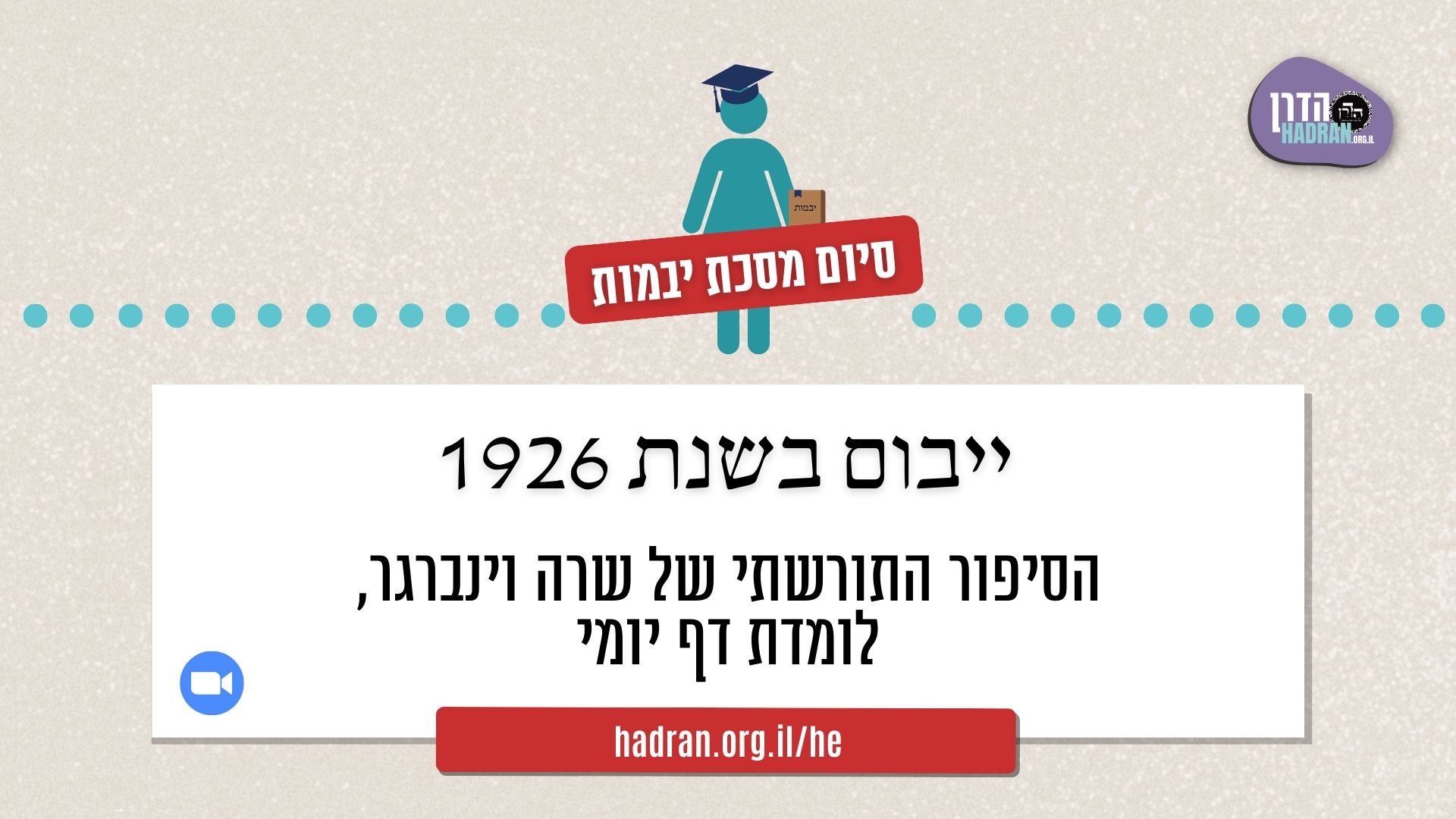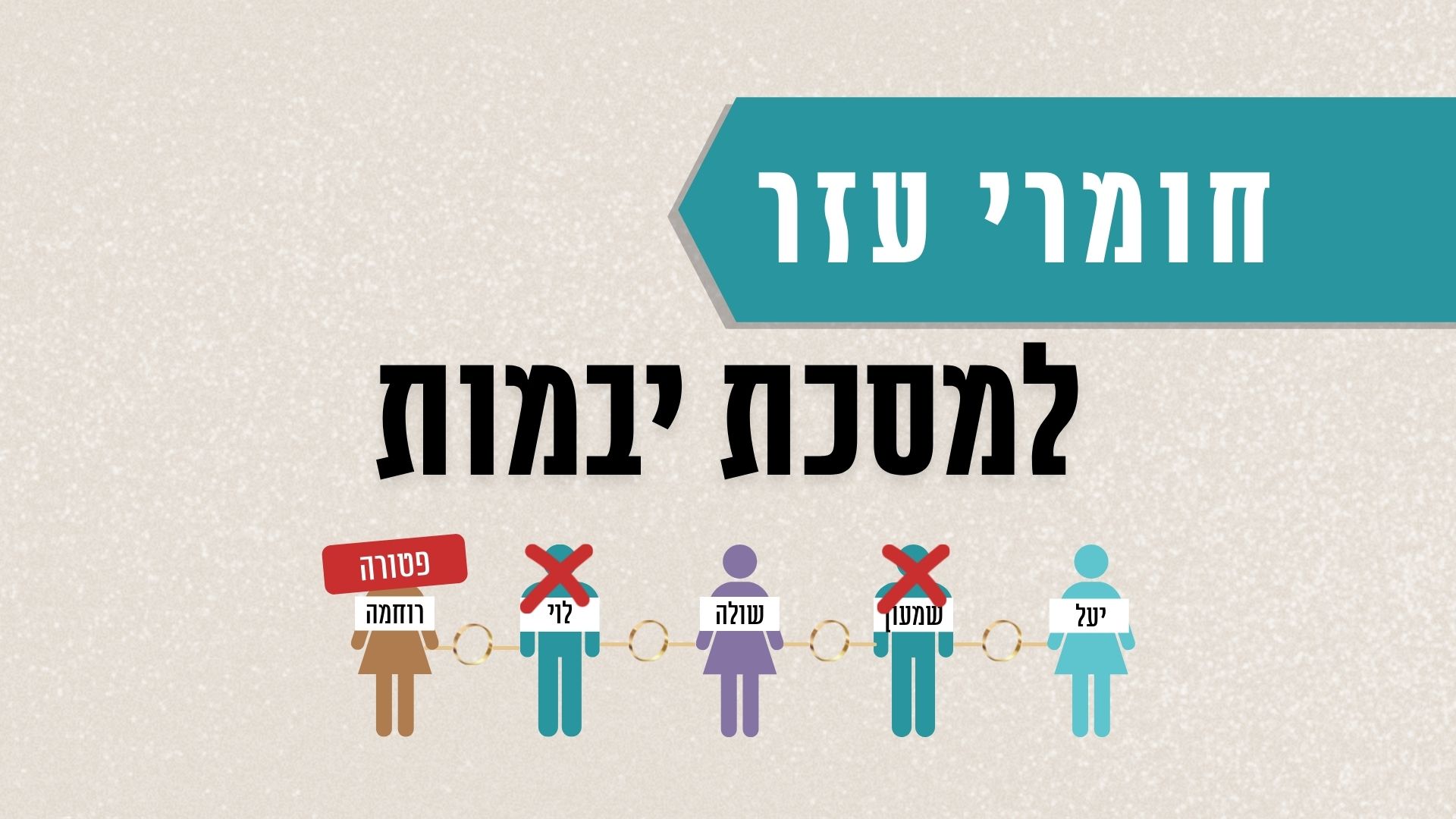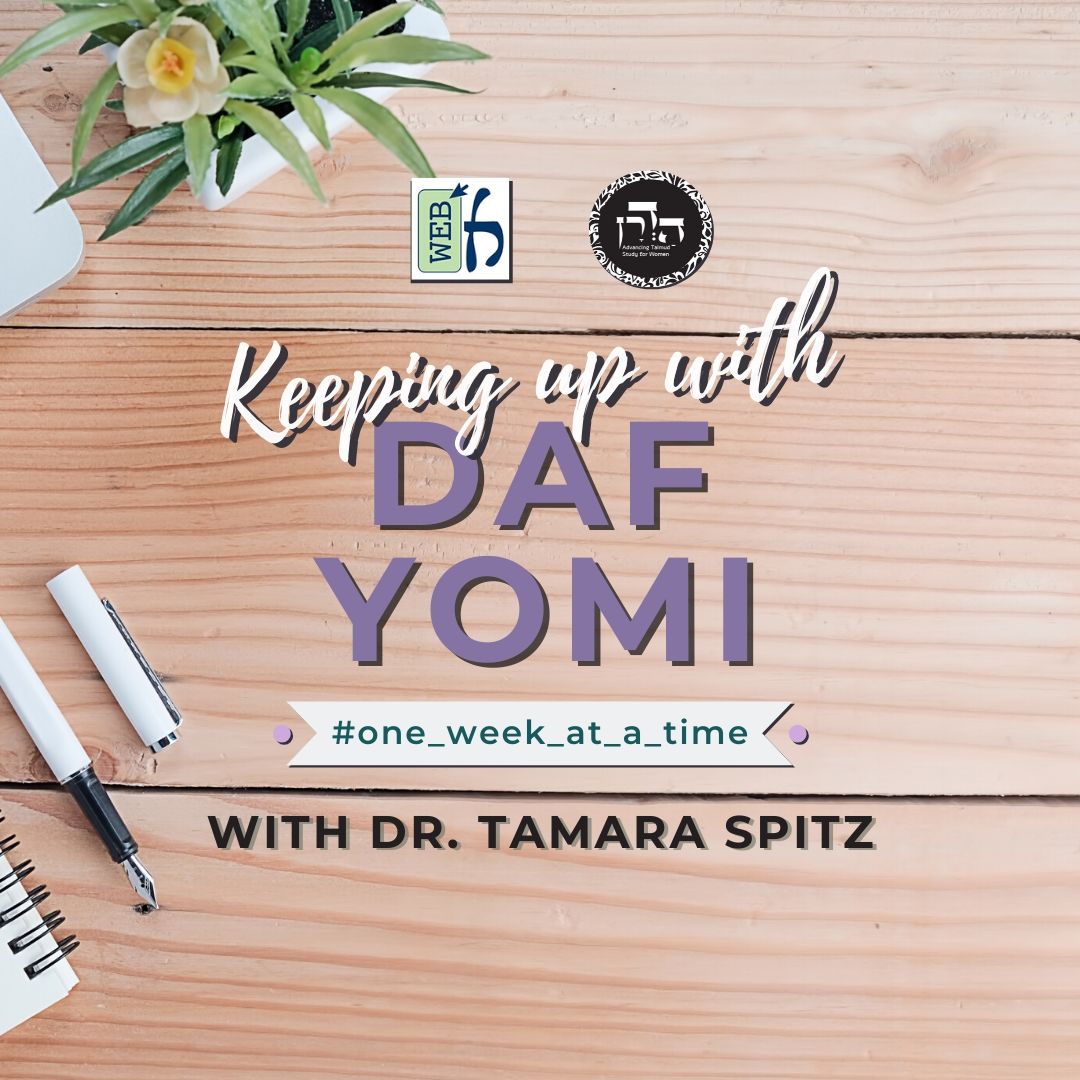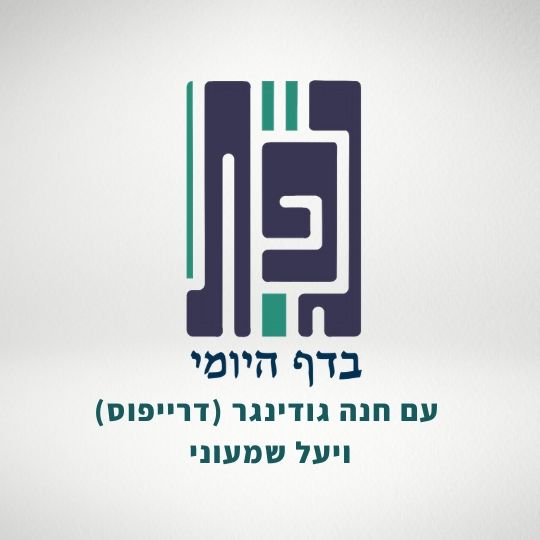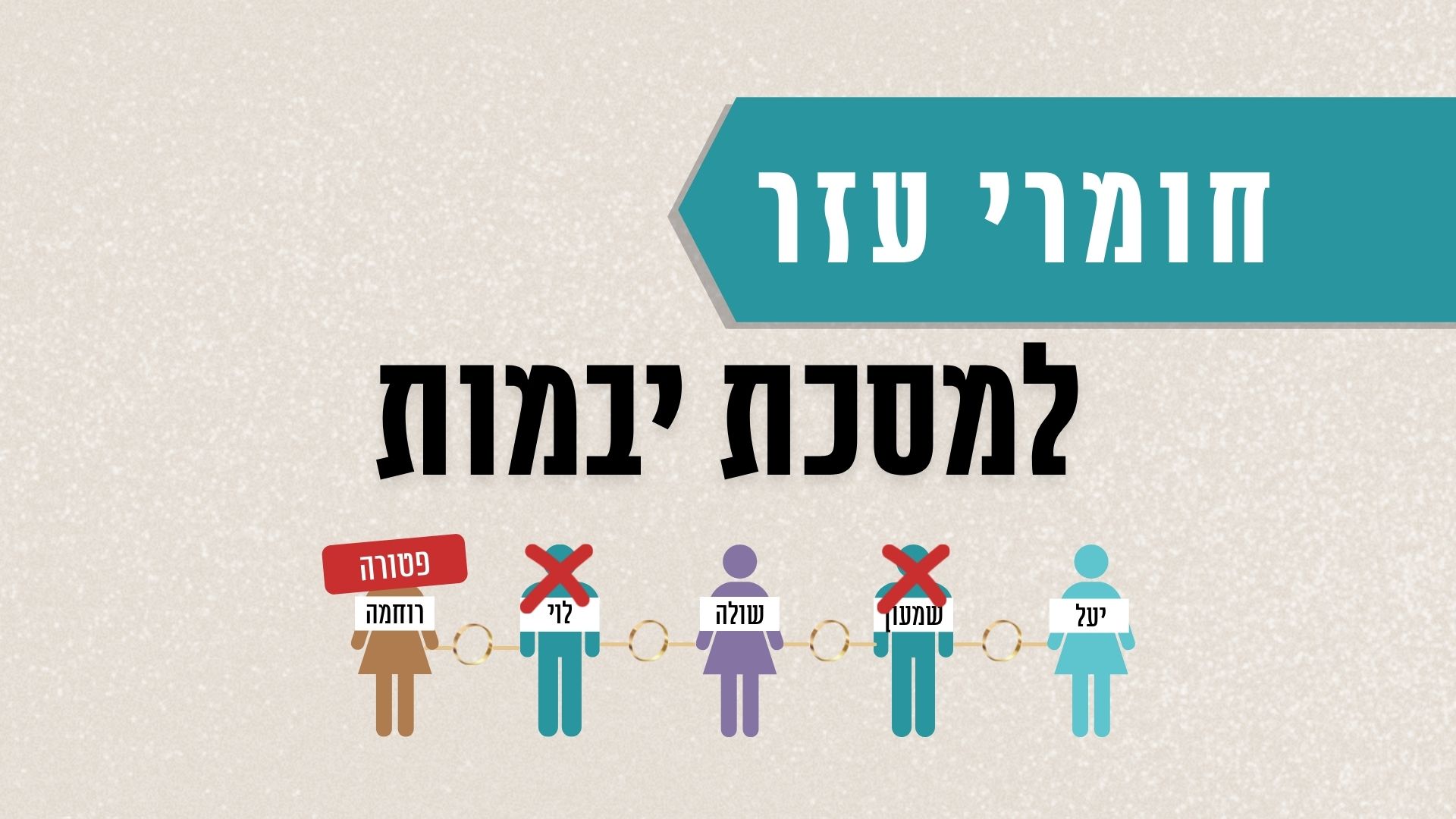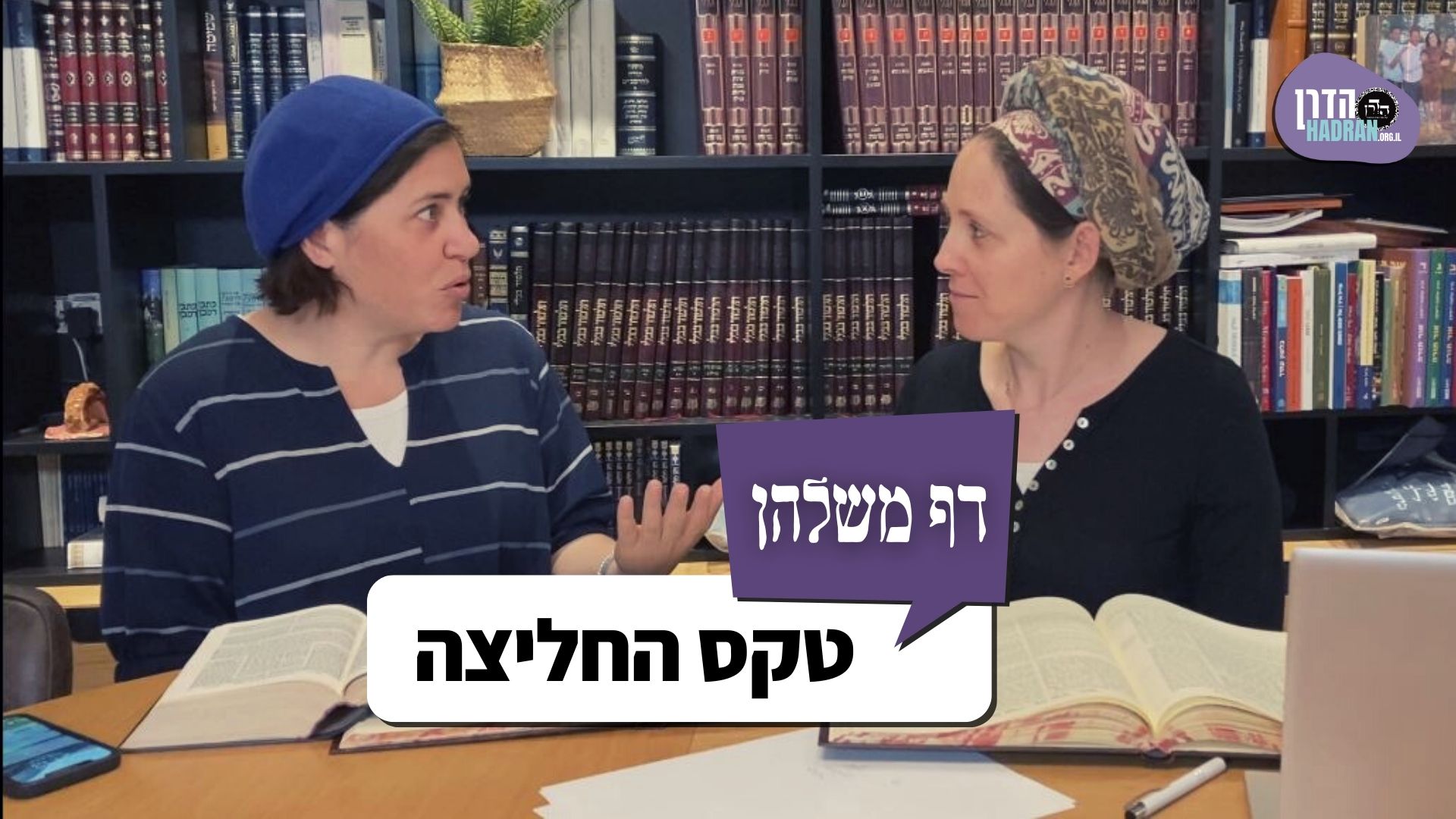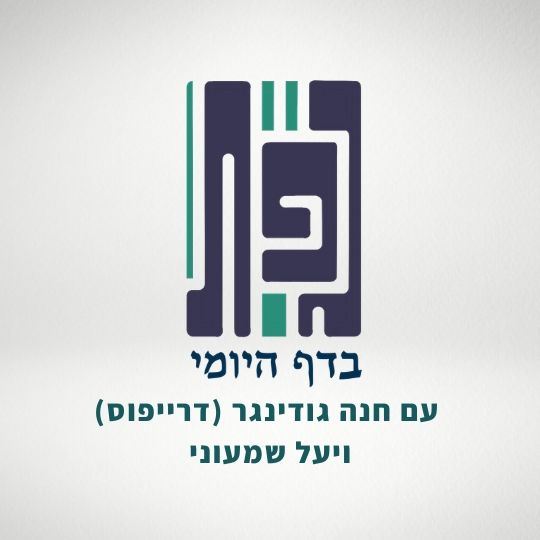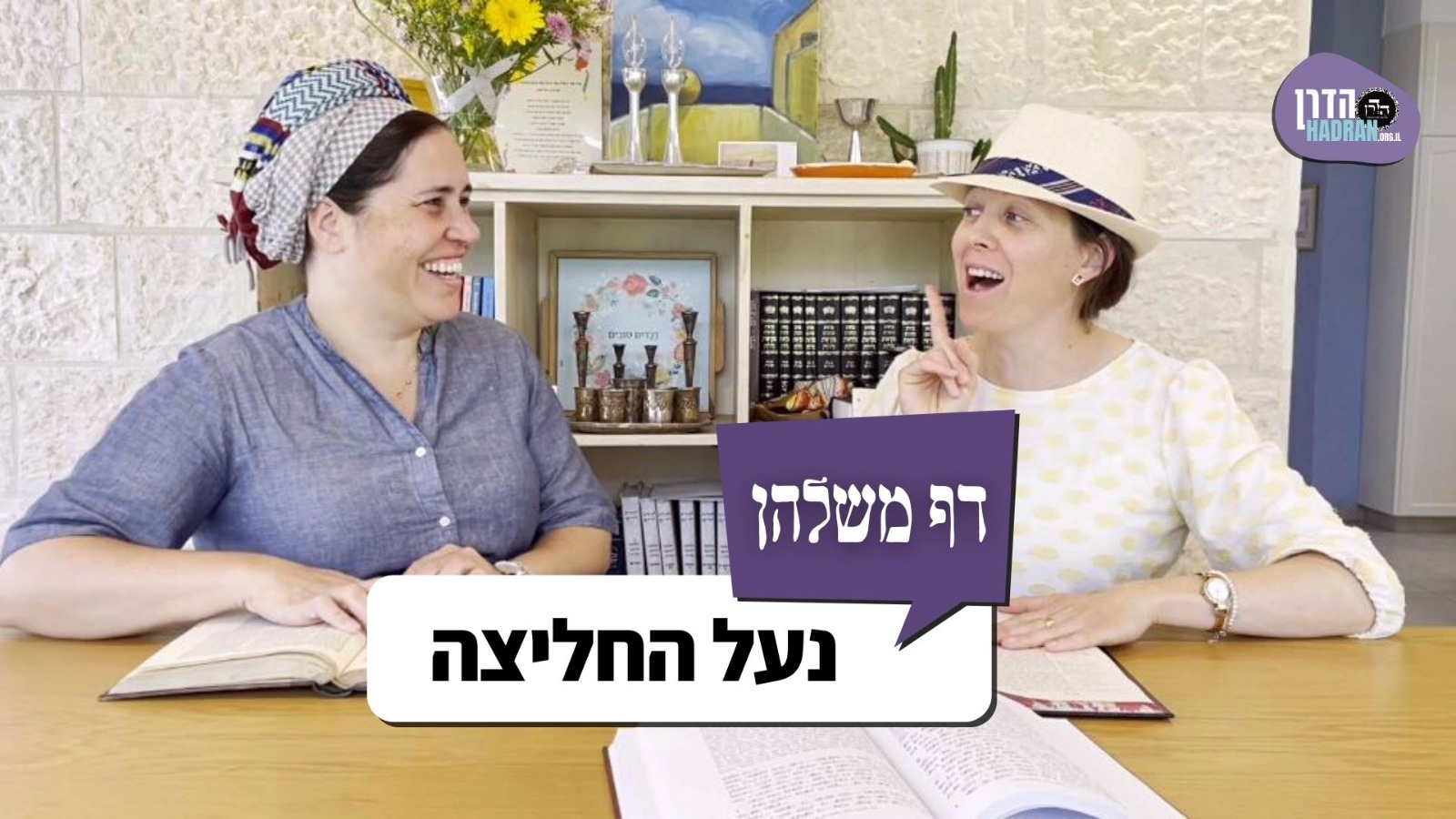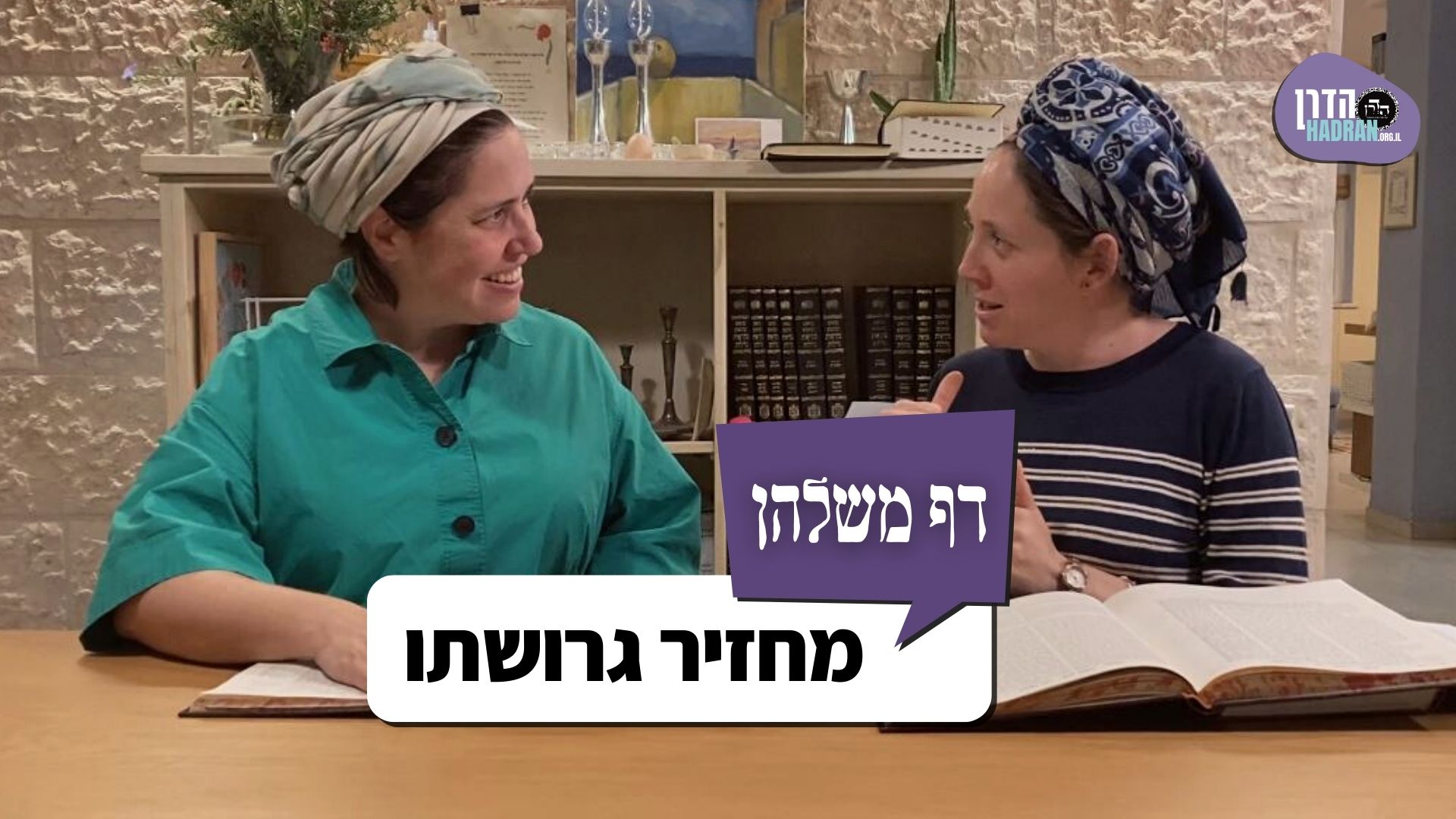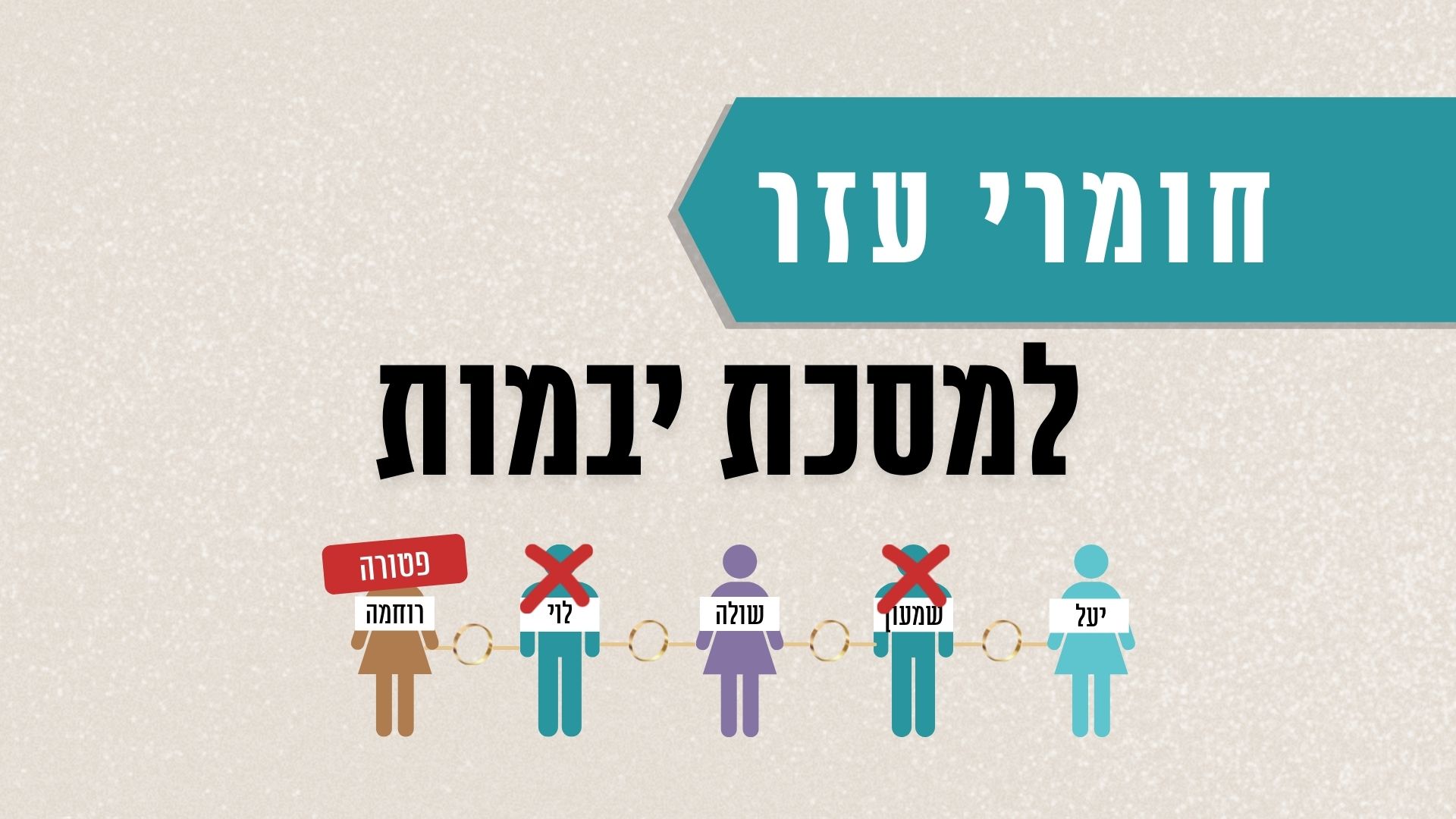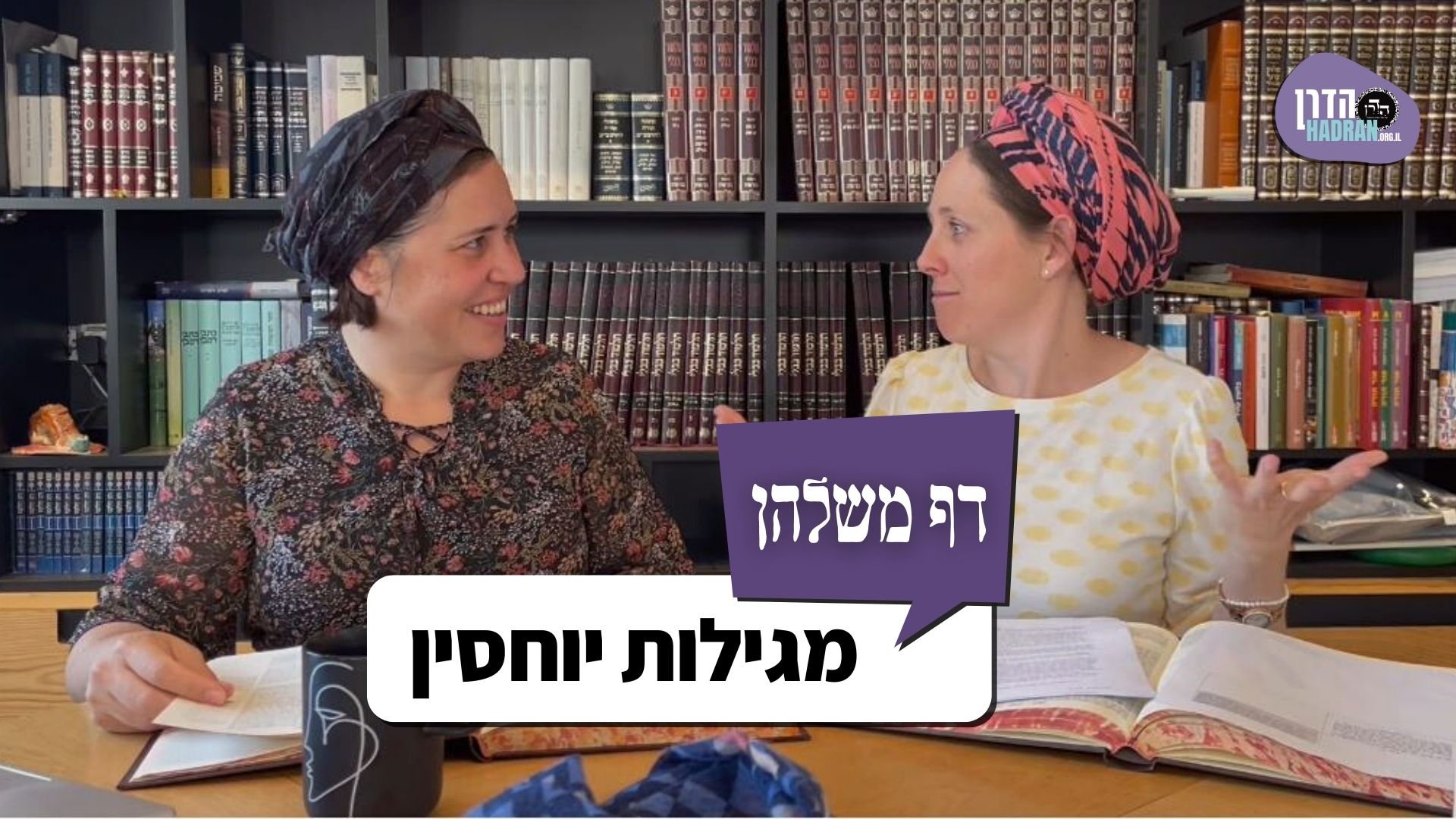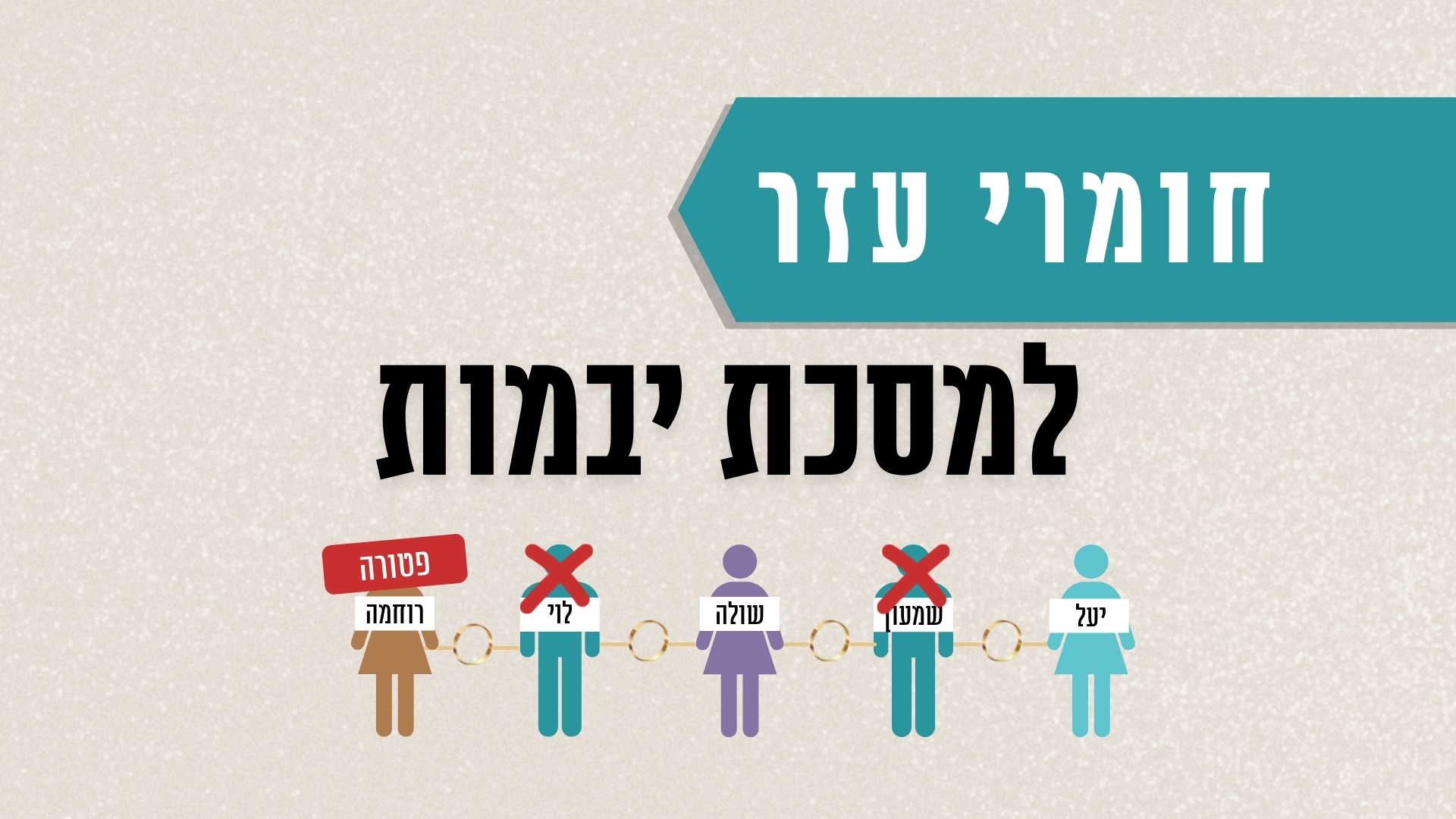יבמות ט
וְלֹא בַּעֲבוֹדָה זָרָה, אֶלָּא עַל דָּבָר שֶׁחַיָּיבִין עַל זְדוֹנוֹ כָּרֵת וְשִׁגְגָתוֹ חַטָּאת. וּתְנַן נָמֵי: כׇּל מִצְוָה שֶׁבַּתּוֹרָה שֶׁחַיָּיבִין עַל זְדוֹנוֹ כָּרֵת וְעַל שִׁגְגָתוֹ חַטָּאת, יָחִיד — מֵבִיא כִּשְׂבָּה אוֹ שְׂעִירָה, נָשִׂיא — מֵבִיא שָׂעִיר, מָשִׁיחַ וּבֵית דִּין — מְבִיאִין פַּר.
And a community brings a bull for an unwitting communal sin for idolatrous worship only if the act of idolatry involved a matter that for its intentional violation one is liable to receive karet and for its unwitting violation one is liable to bring a sin-offering. And we also learned in a mishna: With regard to any mitzva in the Torah for whose intentional violation one is liable to receive karet and for its unwitting violation one is liable to bring a sin-offering, if a private individual sinned unwittingly, he brings a ewe or a she-goat. If it was a Nasi, he brings a goat for a sin of this kind, and if the sinner was an anointed High Priest or the court, they bring a bull.
וּבַעֲבוֹדָה זָרָה, יָחִיד נָשִׂיא וּמָשִׁיחַ — מְבִיאִין שְׂעִירָה, צִבּוּר — מְבִיאִים פַּר וְשָׂעִיר, פַּר לְעוֹלָה וְשָׂעִיר לְחַטָּאת. מְנָא הָנֵי מִילֵּי?
And if they unwittingly sinned in a matter involving idolatrous worship, a private individual, a Nasi, and an anointed High Priest bring a she-goat, whereas a community brings a bull and a goat, the bull as a burnt-offering and the goat as a sin-offering. The Gemara asks: From where are these matters, that one must bring a sin-offering for this transgression, derived?
דְּתָנוּ רַבָּנַן: ״וְנוֹדְעָה הַחַטָּאת אֲשֶׁר חָטְאוּ עָלֶיהָ״, רַבִּי אוֹמֵר: נֶאֱמַר כָּאן ״עָלֶיהָ״, וְנֶאֱמַר לְהַלָּן ״עָלֶיהָ״. מָה לְהַלָּן דָּבָר שֶׁחַיָּיבִים עַל זְדוֹנוֹ כָּרֵת וְעַל שִׁגְגָתוֹ חַטָּאת, אַף כָּאן דָּבָר שֶׁחַיָּיבִין עַל זְדוֹנוֹ כָּרֵת וְעַל שִׁגְגָתוֹ חַטָּאת.
The Gemara answers: As the Sages taught with regard to an unwitting communal sin offering: “And the sin by which they have sinned is known” (Leviticus 4:14). Rabbi Yehuda HaNasi says: It is stated here, with regard to a sin-offering: “By which [aleha],” and it is stated there, with regard to the prohibition with regard to a wife’s sister: “Unto [aleha].” This teaches by verbal analogy: Just as there, in the case of a wife’s sister, it is a matter that for its intentional violation one is liable to receive karet and for its unwitting violation one is liable to bring a sin-offering, so too here, the offering is brought for a matter that for its intentional violation one is liable to receive karet and for its unwitting violation one is liable to bring a sin-offering.
אַשְׁכְּחַן צִבּוּר, מָשִׁיחַ מְנָלַן? דִּכְתִיב בְּמָשִׁיחַ: ״לְאַשְׁמַת הָעָם״, הֲרֵי מָשִׁיחַ כְּצִבּוּר.
The Gemara continues: We found a source for the halakha that the offering brought by the community is a sin-offering; from where do we derive that an anointed High Priest also brings a sin-offering for this transgression? As it is written with regard to an anointed High Priest: “If the anointed priest shall sin so as to bring guilt on the people” (Leviticus 4:3), which indicates that an anointed High Priest brings an offering like the community.
יָחִיד וְנָשִׂיא — אָתְיָא ״מִצְוֹת״ ״מִצְוֹת״.
From where is it derived that a private individual and a Nasi bring sin-offerings only for a severe transgression of this kind? This is derived by verbal analogy between the words “mitzvot” and “mitzvot” that are stated three times, with regard to the community’s sin-offering, a private individual’s sin-offering, and the sin-offering of a Nasi: “Any of the mitzvot of the Lord that He has commanded not to be done” (Leviticus 4:2, 13, 22).
וְלֹא בַּעֲבוֹדָה זָרָה אֶלָּא עַל דָּבָר שֶׁחַיָּיבִין עַל זְדוֹנוֹ כָּרֵת וְעַל שִׁגְגָתוֹ חַטָּאת. צִבּוּר בַּעֲבוֹדָה זָרָה יָלֵיף מֵ״עֵינֵי״ ״מֵעֵינֵי״.
And it was stated above that this halakha applies to idolatrous worship only if it involved a matter that for its intentional violation one is liable to receive karet and for its unwitting violation one is liable to bring a sin-offering. The halakha of a community that was guilty of idolatrous worship is derived by a verbal analogy between the phrases “from the eyes” and “from the eyes.” With regard to the bull for an unwitting communal sin, the verse states: “From the eyes of the assembly” (Leviticus 4:13), while concerning an unwitting sin of idol worship, it says: “From the eyes of the congregation” (Numbers 15:24). This verbal analogy teaches that a congregation brings a sin-offering for idolatrous worship only if it involved a transgression that incurs karet when performed intentionally.
יָחִיד, נָשִׂיא וּמָשִׁיחַ מִ״וְּאִם נֶפֶשׁ אַחַת״ — אֶחָד יָחִיד וְאֶחָד נָשִׂיא וְאֶחָד מָשִׁיחַ בַּמַּשְׁמָע. וָיו מוֹסִיף עַל עִנְיָן רִאשׁוֹן,
The cases of a private individual, a Nasi, and an anointed High Priest are derived from a verse that deals with an unwitting sin of idolatry: “And if one person sin” (Numbers 15:27). All of these, a private individual, a Nasi, and an anointed High Priest, are included in this verse. In this case the principle: The letter vav adds to the previous matter, applies. When a phrase begins with the conjunction vav, meaning: And, it is a continuation of the previous matter rather than a new topic. Based on this principle, these two halakhot are connected with one another.
וְיִלְמַד תַּחְתּוֹן מִן הָעֶלְיוֹן.
And therefore let the lower, i.e., the second, subject, a private individual, be derived from the upper issue, the community. Just as a community brings this offering only for a transgression whose intentional violation incurs karet, the same is true of a private individual. The verbal analogy stated in this baraita is Rabbi Yehuda HaNasi’s inference from the phrase “with her.”
וְרַבָּנַן, הַאי סְבָרָא מְנָא לְהוּ? נָפְקָא לְהוּ, מִדְּמַקְרֵי לֵיהּ רַבִּי יְהוֹשֻׁעַ לִבְרֵיהּ: ״תּוֹרָה אַחַת יִהְיֶה לָכֶם לָעוֹשֶׂה בִּשְׁגָגָה״, ״וְהַנֶּפֶשׁ אֲשֶׁר תַּעֲשֶׂה בְּיָד רָמָה״ —
§ The Gemara asks: And with regard to the Rabbis, who interpret “with her” with regard to rival wives, from where do they derive this conclusion that one is liable to bring the offering for idolatrous worship only for a transgression whose intentional violation incurs karet? The Gemara answers: They derive it from that which Rabbi Yehoshua ben Levi read out to his son to teach him the verses that summarize the case of unwitting idol worship: “You shall have one law [Torah] for him that does unwittingly. But the soul that does with a high hand, whether he be home born or a stranger, he blasphemes the Lord; and that soul shall be cut off from among his people” (Numbers 15:29–30).
הוּקְּשָׁה כָּל הַתּוֹרָה כּוּלָּהּ לַעֲבוֹדָה זָרָה: מָה עֲבוֹדָה זָרָה — דָּבָר שֶׁחַיָּיבִין עַל זְדוֹנוֹ כָּרֵת וְעַל שִׁגְגָתוֹ חַטָּאת, אַף כׇּל דָּבָר שֶׁחַיָּיבִין עַל זְדוֹנוֹ כָּרֵת וְעַל שִׁגְגָתוֹ חַטָּאת.
In this manner, the entire Torah is juxtaposed with idolatrous worship. Just as in the case of idolatrous worship there is no obligation to bring an offering unless it is a matter that for its intentional violation one is liable to receive karet and for its unwitting violation one is liable to bring a sin-offering, as indicated by the verse: “That soul shall be cut off from among his people,” so too, the same applies to any matter that for its intentional violation one is liable to receive karet and for its unwitting violation one is liable to bring a sin-offering.
אַשְׁכְּחַן יָחִיד וְנָשִׂיא וּמָשִׁיחַ, בֵּין בַּעֲבוֹדָה זָרָה וּבֵין בִּשְׁאָר מִצְוֹת. צִבּוּר בַּעֲבוֹדָה זָרָה מִנַּיִן? אָמַר קְרָא: ״וְאִם נֶפֶשׁ״, וְיִלְמַד עֶלְיוֹן מִתַּחְתּוֹן.
The Gemara comments: We found a source for a private individual, a Nasi, and an anointed High Priest, whether with regard to idolatrous worship or with regard to the other mitzvot. From where is it derived that a community is liable only for an unwitting transgression of idolatrous worship of this kind? The verse states: “And if one person sin” (Numbers 15:27). Once again, the letter vav teaches that these two cases are connected, and let the upper, the first, issue of a community, be derived from the lower case, that of a private individual.
אֶלָּא, צִבּוּר בִּשְׁאָר מִצְוֹת מְנָלַן? יָלֵיף ״מֵעֵינֵי״ ״מֵעֵינֵי״. וְרַבִּי, הַאי ״תּוֹרָה אַחַת״ מַאי עָבֵיד לֵיהּ? מִיבְּעֵי לֵיהּ לְכִדְתַנְיָא: לְפִי שֶׁמָּצִינוּ שֶׁחִלֵּק הַכָּתוּב בֵּין יְחִידִים לִמְרוּבִּים,
However, from where do we derive that a community brings an offering for other mitzvot only if the intentional violation of the prohibition incurs karet? The Gemara responds: He derives it from the aforementioned verbal analogy between “from the eyes” and “from the eyes.” The Gemara asks: And what does Rabbi Yehuda HaNasi do with this verse: “One law”? The Gemara answers: He requires it for that which is taught in a baraita: Since we find that the Torah differentiates between private individuals who sinned and the many who sinned in idol worship.
יְחִידִים בִּסְקִילָה — לְפִיכָךְ מָמוֹנָן פָּלֵט, מְרוּבִּין בְּסַיִיף — לְפִיכָךְ מָמוֹנָן אָבֵד.
The baraita elaborates: Private individuals who worshipped idols are sentenced to stoning, and therefore their money is spared from destruction. Although the sinner is put to death, his possessions are not destroyed. By contrast, the many are condemned to the lighter death penalty of decapitation by sword, the punishment for those who worshipped idols in an idolatrous city, and therefore their money is forfeited, as by Torah law all possessions belonging to the residents of an idolatrous city must be burned.
יָכוֹל נַחְלוֹק בְּקׇרְבְּנוֹתֵיהֶן — תַּלְמוּד לוֹמַר: ״תּוֹרָה אַחַת יִהְיֶה לָכֶם״.
Due to this difference, one might have thought that we should likewise differentiate between their offerings, i.e., if an individual and a community unwittingly practiced idolatrous worship, different offerings are brought in the two cases. Therefore, the verse states: “One law for you.” The word: “you” is in the plural, which indicates that an individual and a community that worshipped idols are subject to the same halakha.
מַתְקֵיף לַהּ רַב חִלְקִיָּה מֵהַגְרוֹנְיָא: טַעְמָא דִּכְתַב רַחֲמָנָא ״תּוֹרָה אַחַת יִהְיֶה לָכֶם״, הָא לָאו הָכִי, הֲוָה אָמֵינָא נַחְלֹק. מַאי לַיְיתוֹ? לַיְיתוֹ פַּר — צִבּוּר בִּשְׁאָר מִצְוֹת הוּא דְּמַיְיתוּ.
Rav Ḥilkiya from the city of Hagronya strongly objects to this: The reason for this ruling is that the Merciful One specifically writes: “One law for you,” from which it may be inferred that if that were not so, I would say that we should differentiate between the offerings of an individual and a community. If so, it is appropriate to ask: What offering would they bring if we were to differentiate? You cannot say they would bring a bull, as it is a community that sinned unwittingly in transgressing other mitzvot who bring a bull, and as this case is written separately, clearly its halakha is different.
כִּשְׂבָּה — יָחִיד בִּשְׁאָר מִצְוֹת הוּא דְּמַיְיתֵי, שְׂעִיר — נָשִׂיא בִּשְׁאָר מִצְוֹת הוּא דְּמַיְיתֵי. פַּר לְעוֹלָה וְשָׂעִיר לְחַטָּאת — צִבּוּר בָּעֲבוֹדָה זָרָה הוּא דְּמַיְיתוּ, וְאֶלָּא מַאי, שְׂעִירָה — יָחִיד נָמֵי הַיְינוּ קׇרְבָּנוֹ!
Likewise, you cannot say that they should bring a ewe, as it is an individual who sinned in transgressing the other mitzvot who brings a ewe. Nor can you say that they bring a goat, as it is a Nasi who sinned in transgressing the other mitzvot who brings a goat. And you cannot say that they would bring a bull as a burnt-offering and a goat as a sin-offering, as it is the community, i.e., the majority of Jews, who sinned in performing idolatrous worship who bring these. Rather, what might they bring? If one were to suggest a she-goat, that would not be appropriate, because this is the offering of a private individual as well, since an individual brings a ewe or a she-goat as a sin-offering. Apparently there is no need for a special inference in this case, as there are no other possibilities.
אִיצְטְרִיךְ, סָלְקָא דַּעְתָּךְ אָמֵינָא: הוֹאִיל וְצִבּוּר בְּהוֹרָאָה מַיְיתוּ פַּר לְעוֹלָה וְשָׂעִיר לְחַטָּאת, אִינְהוּ נָמֵי נַיְתוֹ אִיפְּכָא.
The Gemara answers: It is necessary for a verse to teach that there is no difference between the offerings of an individual and a community, as it might enter your mind to say: Since a community that sinned by the erroneous instruction of the court that it is permitted to practice idolatry brings a bull as a burnt-offering and a goat as a sin-offering, then, when a community sins of its own accord they too should bring these animals, but the opposite, i.e., a bull as a sin-offering and a goat as a burnt-offering.
אִי נָמֵי, צָרִיךְ וְאֵין לוֹ תַּקָּנָה קָא מַשְׁמַע לַן.
Alternatively, it could be argued: Theoretically a community must bring a different form of atonement from that of an individual, yet they have no remedy, as the Torah did not specify which offering is brought for a sin of the many. Therefore, the verse teaches us by means of the phrase “one law for you” that there is indeed an offering for the many who practiced idol worship.
אֲמַר לֵיהּ לֵוִי לְרַבִּי: מַאי אִירְיָא דְּתָנֵי חֲמֵשׁ עֶשְׂרֵה? לִיתְנֵי שֵׁשׁ עֶשְׂרֵה! אֲמַר לֵיהּ: כִּמְדוּמֶּה לִי שֶׁאֵין לוֹ מוֹחַ בְּקׇדְקֳדוֹ.
§ After discussing different interpretations of the relevant verses, the Gemara addresses the details of the halakhot of the mishna. It first considers the numbers that comprise the structure of the mishna as a whole. The Sage Levi said to Rabbi Yehuda HaNasi: Why does the tanna specifically teach the cases of fifteen women? Let him teach the cases of sixteen women, including the case of a rival wife of a forbidden relation. Rabbi Yehuda HaNasi said to him: Judging by his question, it seems to me that this Sage has no brain in his head.
מַאי דַּעְתָּךְ, אִמּוֹ אֲנוּסַת אָבִיו?
Rabbi Yehuda HaNasi proceeded to explain the question and the answer himself: What is your thinking? Is it that the tanna should have included the case of his mother who had been raped by his father? In the opinion of the Rabbis, a woman raped by one’s father is permitted in marriage to another of his sons. Consequently, it is possible that she might give birth to a son and later marry one of the other sons of the rapist. If her husband subsequently died childless, this woman would come before the brother of the deceased for levirate marriage, who is in this case her son. If so, there are in fact sixteen women with whom relations are forbidden.
אִמּוֹ אֲנוּסַת אָבִיו — פְּלוּגְתָּא דְּרַבִּי יְהוּדָה וְרַבָּנַן הִיא, וּבִפְלוּגְתָּא לָא קָא מַיְירֵי.
However, continued Rabbi Yehuda HaNasi, this is incorrect, as the case of his mother raped by his father is a matter of dispute between Rabbi Yehuda and the Rabbis. According to Rabbi Yehuda, a woman raped by one’s father could never come before him for levirate marriage, as it is prohibited for her to marry his brothers. And the tanna of this mishna does not deal with disputed cases. The mishna enumerates only those cases that are accepted by all opinions, not those that are a matter of dispute.
וְלָא? וַהֲרֵי אִיסּוּר מִצְוָה וְאִיסּוּר קְדוּשָּׁה,
The Gemara asks: And does the tanna really not mention disputed cases? But there are the cases of a prohibition resulting from a mitzva of the Sages, and a prohibition stemming from sanctity. In other words, the tanna does refer to the cases of a woman who one is prohibited to marry by decree of the Sages, e.g., a distant secondary forbidden relation, and one who is prohibited due to a regular prohibition that preserves the sanctity of the Jewish people or the priesthood.
דִּפְלִיגִי רַבִּי עֲקִיבָא וְרַבָּנַן — וְקָתָנֵי!
These are cases concerning which Rabbi Akiva and the Rabbis disagree whether these women are entirely exempt from both levirate marriage and ḥalitza like a forbidden relation, or whether the mitzva of levirate marriage does in fact apply but since the yavam may not marry her in practice, she must be released by ḥalitza. And yet these disputed cases are taught in the mishna.
בְּפִרְקִין קָא אָמְרִינַן. וְהָא בֵּית שַׁמַּאי מַתִּירִין אֶת הַצָּרוֹת לָאַחִין, וּבֵית הִלֵּל אוֹסְרִין!
The Gemara responds: When we say that only accepted halakhot are included in the mishna, we are referring only to our present chapter, whereas the dispute between Rabbi Akiva and the Rabbis is stated in the second chapter. The Gemara raises a difficulty: But in this chapter it is stated that Beit Shammai permit rival wives to the brothers, as they hold that there is no prohibition against rival wives of those with whom relations are forbidden, and Beit Hillel prohibit this. Evidently, the first chapter does deal with disputed cases.
בֵּית שַׁמַּאי בִּמְקוֹם בֵּית הִלֵּל אֵינָהּ מִשְׁנָה. וַהֲרֵי אֵשֶׁת אָחִיו שֶׁלֹּא הָיָה בְּעוֹלָמוֹ,
The Gemara answers: When Beit Shammai express an opinion where Beit Hillel disagree, their opinion is considered as if it were not in the mishna, i.e., it is completely disregarded, as it is commonly accepted that the opinion of Beit Shammai is rejected and not ruled as halakha. Therefore, this cannot be considered a true dispute. The Gemara raises a further difficulty: But there is the case of a wife of a brother with whom he did not coexist, i.e., the yavam was not alive at the time of his brother’s death.
דִּפְלִיגִי רַבִּי שִׁמְעוֹן וְרַבָּנַן, וְקָתָנֵי!
This is a case concerning which Rabbi Shimon and the Rabbis disagree, and yet it is taught. If this halakha is taught, evidently this mishna does deal with matters subject to dispute. The Gemara answers that Rabbi Shimon does not disagree with the Rabbis concerning all cases of a wife of a brother with whom he did not coexist. If this yavam was born after his brother’s death, he concedes that the obligation of levirate marriage does not apply to the newborn yavam. Rather, the yevama is prohibited to him as his brother’s wife.
בְּנוֹלַד וּלְבַסּוֹף יִיבֵּם — לָא פְּלִיג רַבִּי שִׁמְעוֹן.
Furthermore, in a case where he was born and at the end, i.e., afterward, a second older brother entered into levirate marriage with the yevama and subsequently died as well, and the same woman again came before that same younger brother, Rabbi Shimon did not disagree with the opinion of the Rabbis here either, as he admits that this woman is permanently forbidden to him because when he was born she was classified as the wife of a brother with whom he did not coexist.
וְהָאָמַר רַבִּי אוֹשַׁעְיָא: חָלוּק הָיָה רַבִּי שִׁמְעוֹן אַף בָּרִאשׁוֹנָה!
In fact, Rabbi Shimon disagreed only with regard to a different case, when there were two brothers, one of whom died, and the second took the yevama in levirate marriage. If a third brother was subsequently born and afterward the second brother died, Rabbi Shimon maintains that the youngest brother may enter into levirate marriage with this woman because she was never forbidden to him, as what occurred prior to his birth is of no relevance. Since even in Rabbi Shimon’s opinion it is possible to find a case in which the wife of a brother with whom he did not coexist is forbidden to him, it can be claimed that the mishna is taught in accordance with all opinions.
The Gemara raises a difficulty: But didn’t Rabbi Oshaya say that Rabbi Shimon disagreed even with regard to the first case? In other words, Rabbi Shimon disagreed not only in the case of a woman who entered into levirate marriage before the young brother was born, but even if the young brother was born before the initial levirate marriage took place.
הָא אִיתּוֹתַב רַבִּי אוֹשַׁעְיָא.
The Gemara rejects this suggestion: This statement of Rabbi Oshaya was conclusively refuted. Consequently, it remains possible to say that the mishna does not deal with disputes.
The Gemara raises a difficulty from another angle. The third chapter discusses a case involving four brothers, two of whom passed away after they were married to two sisters. As a result, the two sisters simultaneously came before the surviving brothers for levirate marriage or ḥalitza. The Sages ruled that in this case the brothers may not enter into levirate marriage with the sisters, as it is as though the two sisters came before each brother individually, and due to the levirate bond each sister was, in a sense, considered married to each brother to a certain extent.
Consequently, for each brother the other sister is viewed as his wife’s sister, as it were, and is forbidden to him. Since this occurs to both sisters simultaneously, it is prohibited for both of them to enter into levirate marriage. However, the Sages further said that if one of these sisters was a forbidden relation to one of the surviving brothers, e.g., if he had married her daughter or some other relative, the second sister, to whom he is not a close relative, is permitted to him. If the same applies to the other brother and the second sister, the two brothers could perform ḥalitza with the two sisters or even enter into levirate marriage with them.
וְהָאָמַר רַב יְהוּדָה אָמַר רַב, וְכֵן תָּנֵי רַבִּי חִיָּיא: בְּכוּלָּן אֲנִי קוֹרֵא בָּהֶן הָאֲסוּרָה לָזֶה — מוּתֶּרֶת לָזֶה, וְהָאֲסוּרָה לָזֶה — מוּתֶּרֶת לָזֶה, וַאֲחוֹתָהּ שֶׁהִיא יְבִמְתָּהּ חוֹלֶצֶת אוֹ מִתְיַיבֶּמֶת.
With this in mind, the Gemara states its objection: And didn’t Rav Yehuda say that Rav said, and likewise Rabbi Ḥiyya taught in a baraita: With regard to all of those fifteen women enumerated in the mishna, it is possible to find a scenario in which I would call them: The woman who is forbidden to this brother is permitted to that brother, and the one who is forbidden to this brother is permitted to that brother. And consequently, her sister who is her sister-in-law performs ḥalitza or enters into levirate marriage. This complex situation can be demonstrated with regard to each of the women enumerated in the mishna, e.g., if one sister is the mother-in-law of one brother, and the second sister is the mother-in-law of the second brother, and so on.
וְרַב יְהוּדָה מְתַרְגֵּם מֵחֲמוֹתוֹ וְאֵילָךְ. אֲבָל שִׁיתָּא בָּבֵי דְּרֵישָׁא — לָא. מַאי טַעְמָא?
And Rav Yehuda explains that this is not true of all of the women listed in the mishna. Only from the case of his mother-in-law and onward, until the end of the list, is it possible for one sister to be a forbidden relation to one brother and the other sister not to be forbidden at all. However, in the first six cases, no, this option does not apply. What is the reason for this?
כֵּיוָן דְּבִתּוֹ
Since, for example, in the case of one’s daughter, although it is possible that one of the sisters is the daughter of one of the brothers, her mother is prohibited to all of the brothers as their brother’s wife, and therefore she could not possibly have a daughter from another brother. This case is possible only if one brother raped a woman who subsequently gave birth to his daughter. Since the prohibition with regard to a brother’s wife applies only in the case of marriage, this same woman is not forbidden to a different brother. If another brother came and raped her as well and she gave birth to his daughter too, and these two daughters later married two other brothers, each of these sisters who are sisters-in-law is forbidden to one of the brothers but permitted to the other.
בְּאוּנְסִין מַשְׁכַּחַתְּ, בְּנִשּׂוּאִין לָא מַשְׁכַּחַתְּ לַהּ. בְּנִשּׂוּאִין קָמַיְירֵי, בְּאוּנְסִין לָא קָא מַיְירֵי.
Accordingly, in the case of rape you can find this scenario, but in the case of marriage you cannot find it. However, the mishna cannot be interpreted as referring to a case of this kind, as it deals with marriage and it does not deal with rape.
וְאַבָּיֵי מְתַרְגֵּם אַף בִּתּוֹ מֵאֲנוּסָתוֹ — כֵּיוָן דְּאַשְׁכּוֹחֵי מַשְׁכַּחַתְּ לַהּ, אִי בָּעֲיָא מִן הָאוּנְסִין תִּהְוֵי, [אִי בָּעֲיָא מִן הַנִּשּׂוּאִין תִּהְוֵי]. אֲבָל אֵשֶׁת אָחִיו שֶׁלֹּא הָיָה בְּעוֹלָמוֹ — לָא. מַאי טַעְמָא?
And Abaye explains differently, as he would include in this scenario even his daughter from the woman he raped. Why would he include this case? Since you can find this possibility, if you wish it can be by rape, and if you wish it can be by marriage, i.e., regardless of the details, this situation can occur. However, the last case, that of a wife of a brother with whom he did not coexist, he would not include. What is the reason for this?
כֵּיוָן דִּלְרַבִּי שִׁמְעוֹן הוּא דְּמַשְׁכַּחַתְּ לַהּ, לְרַבָּנַן לָא מַשְׁכַּחַתְּ לַהּ — בִּפְלוּגְתָּא לָא קָא מַיְירֵי.
Since it is only according to the opinion of Rabbi Shimon that you find this potential scenario, as he permits a yevama to her yavam in a case where he was born after she first entered levirate marriage, it is therefore possible that one sister might be forbidden to one brother if he was born before his brother took her in levirate marriage. Likewise, another sister might be forbidden to another brother for the same reason, although the first woman would be permitted to him, as in his lifetime she was never the wife of a brother with whom he did not coexist. According to the opinion of the Rabbis, however, you cannot find this scenario, and the mishna does not deal with disputes but only with those cases that are accepted by all opinions.
וְרַב סָפְרָא מְתַרְגֵּם אַף אֵשֶׁת אָחִיו שֶׁלֹּא הָיָה בְּעוֹלָמוֹ, וּמַשְׁכַּחַתְּ לַהּ בְּשִׁיתָּא אַחִים, וְאַלִּיבָּא דְּרַבִּי שִׁמְעוֹן.
But Rav Safra explains that the possibility of one brother permitted only to one woman and another brother likewise permitted only to one woman exists even in the case of a wife of a brother with whom he did not coexist, and you can find this scenario in a case involving six brothers, and this is in accordance with the opinion of Rabbi Shimon.

